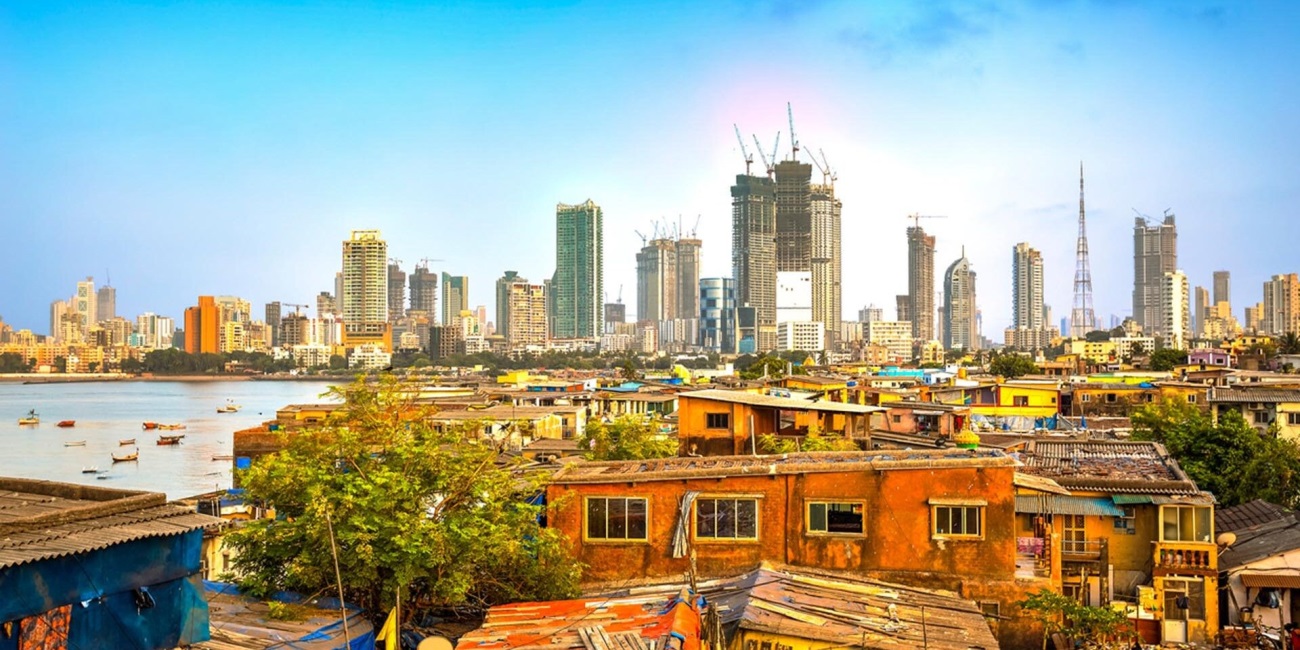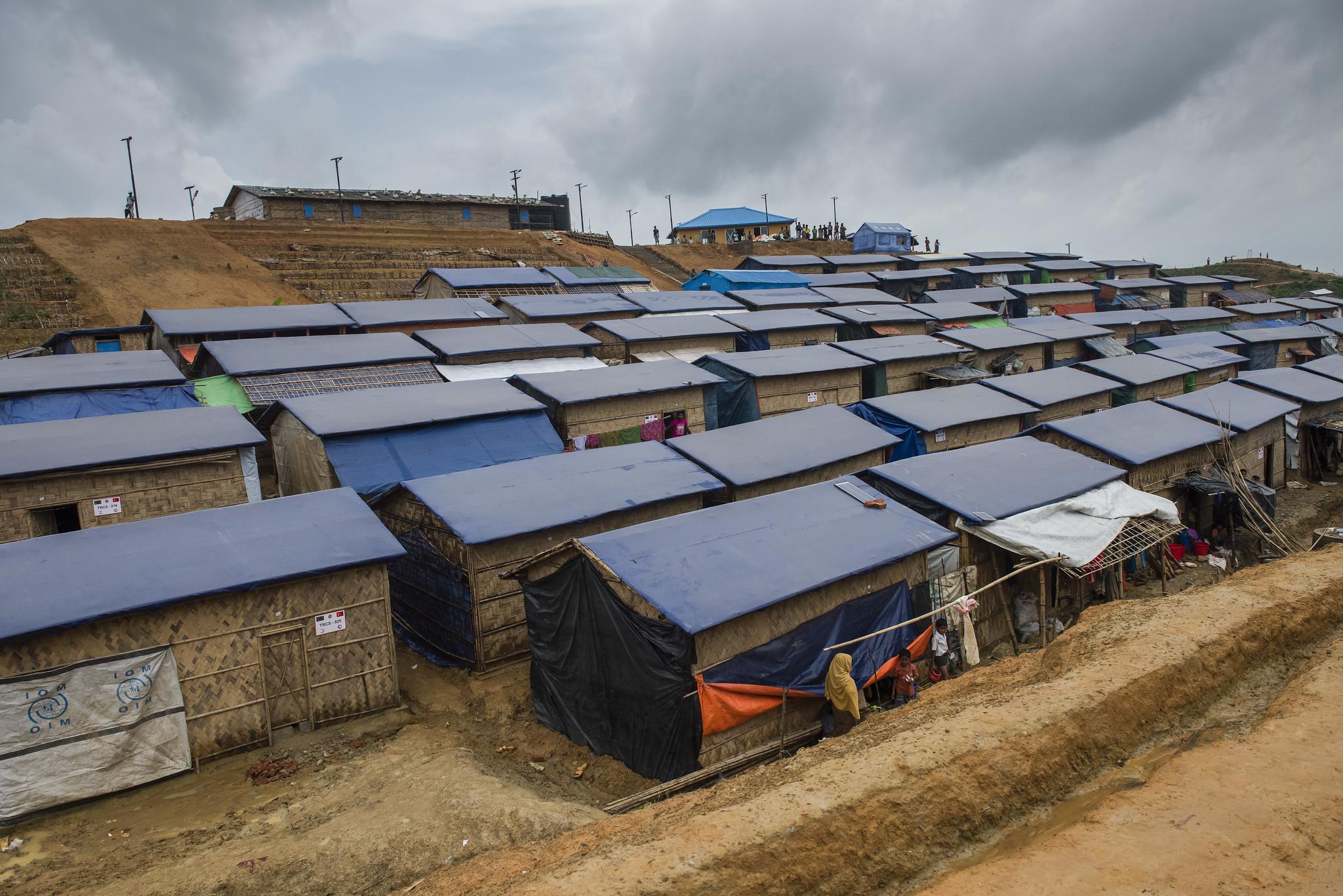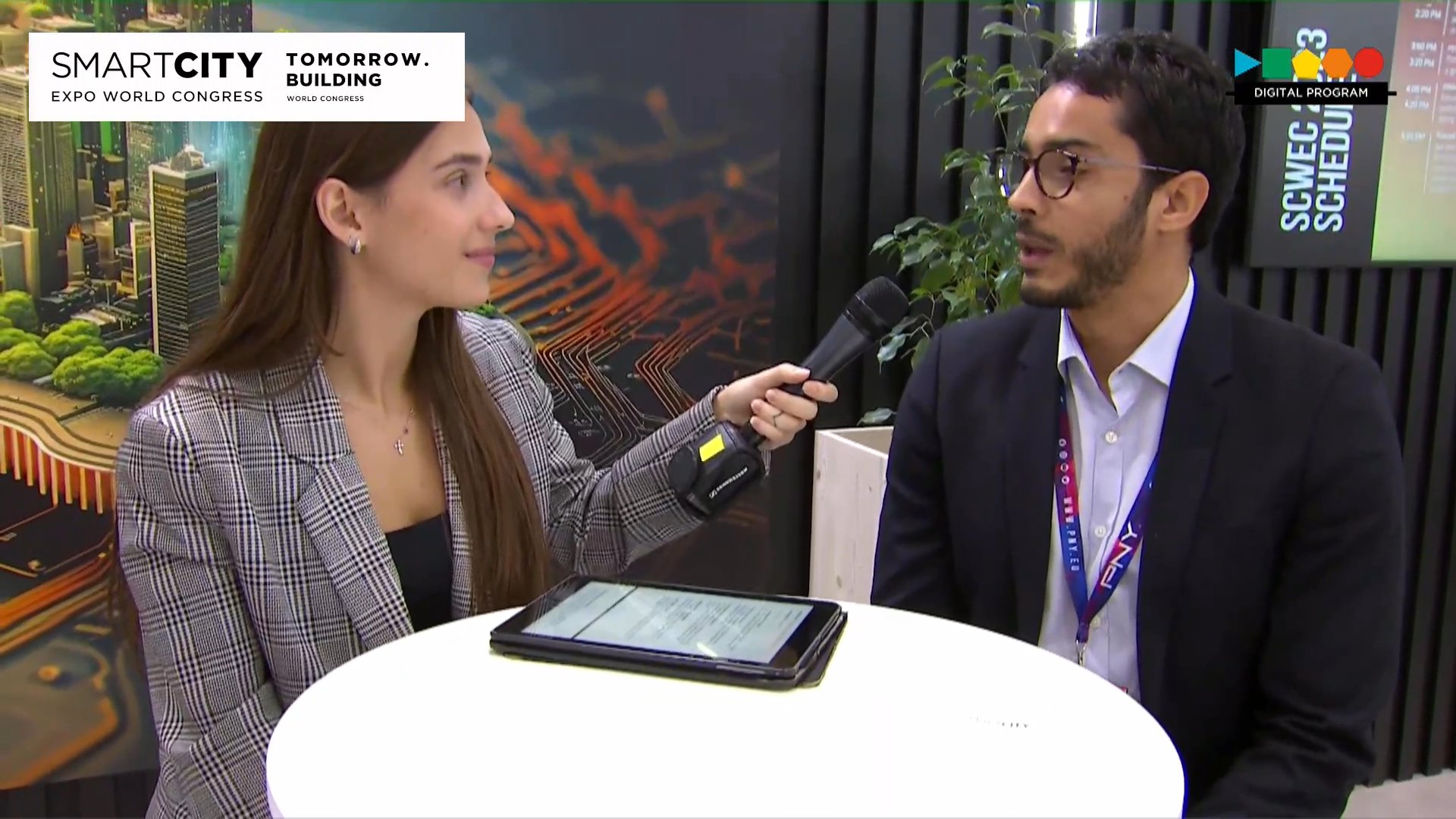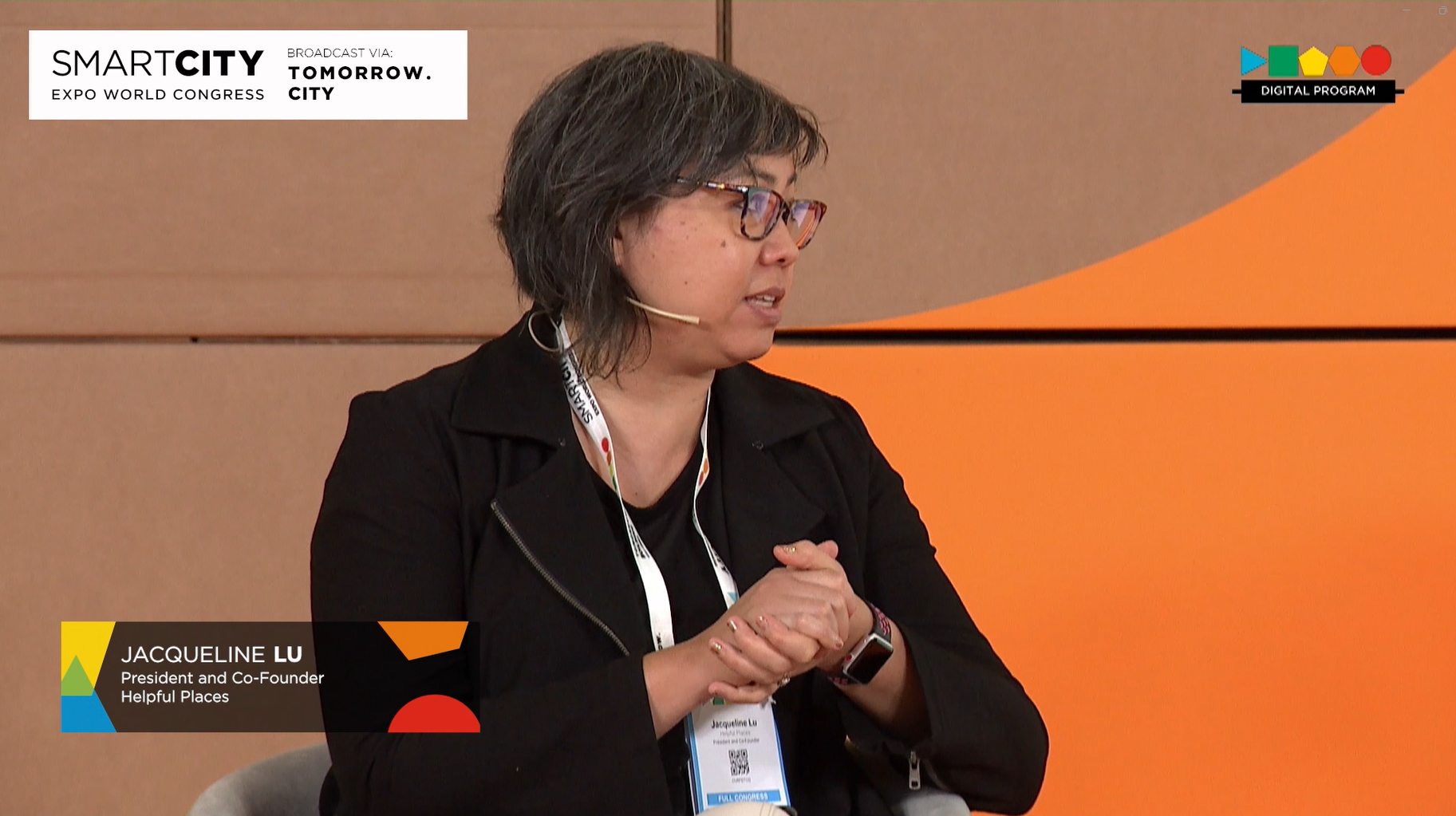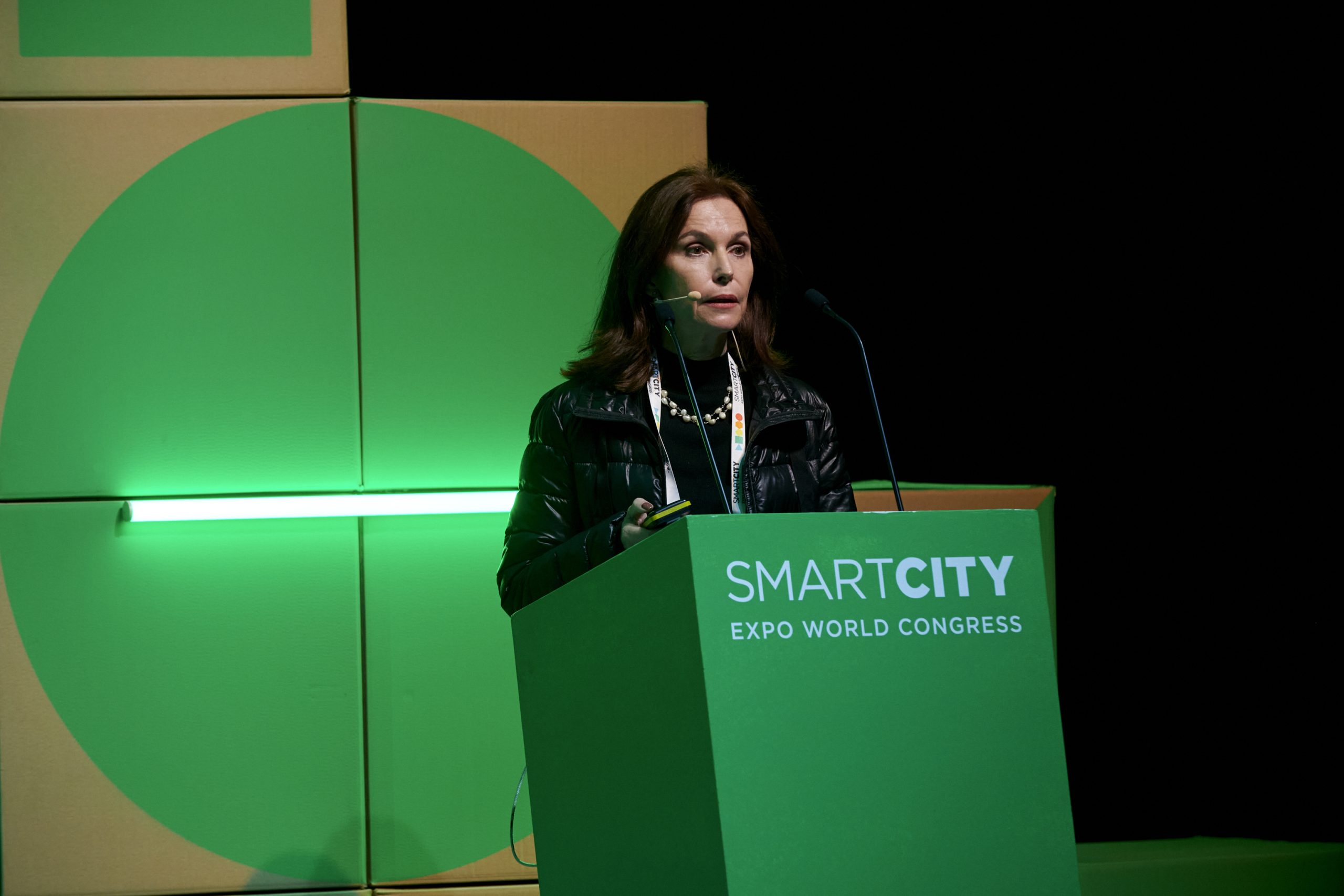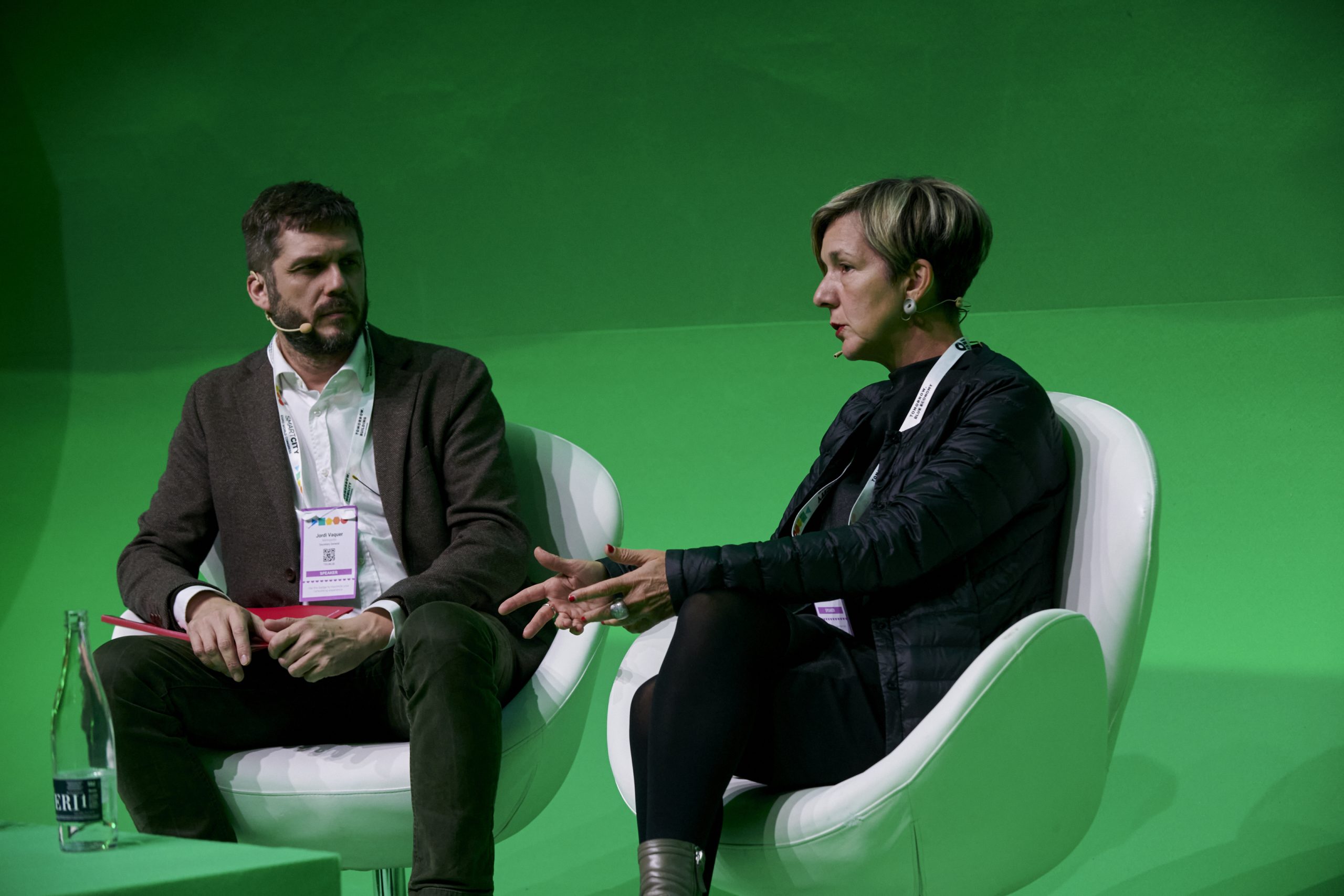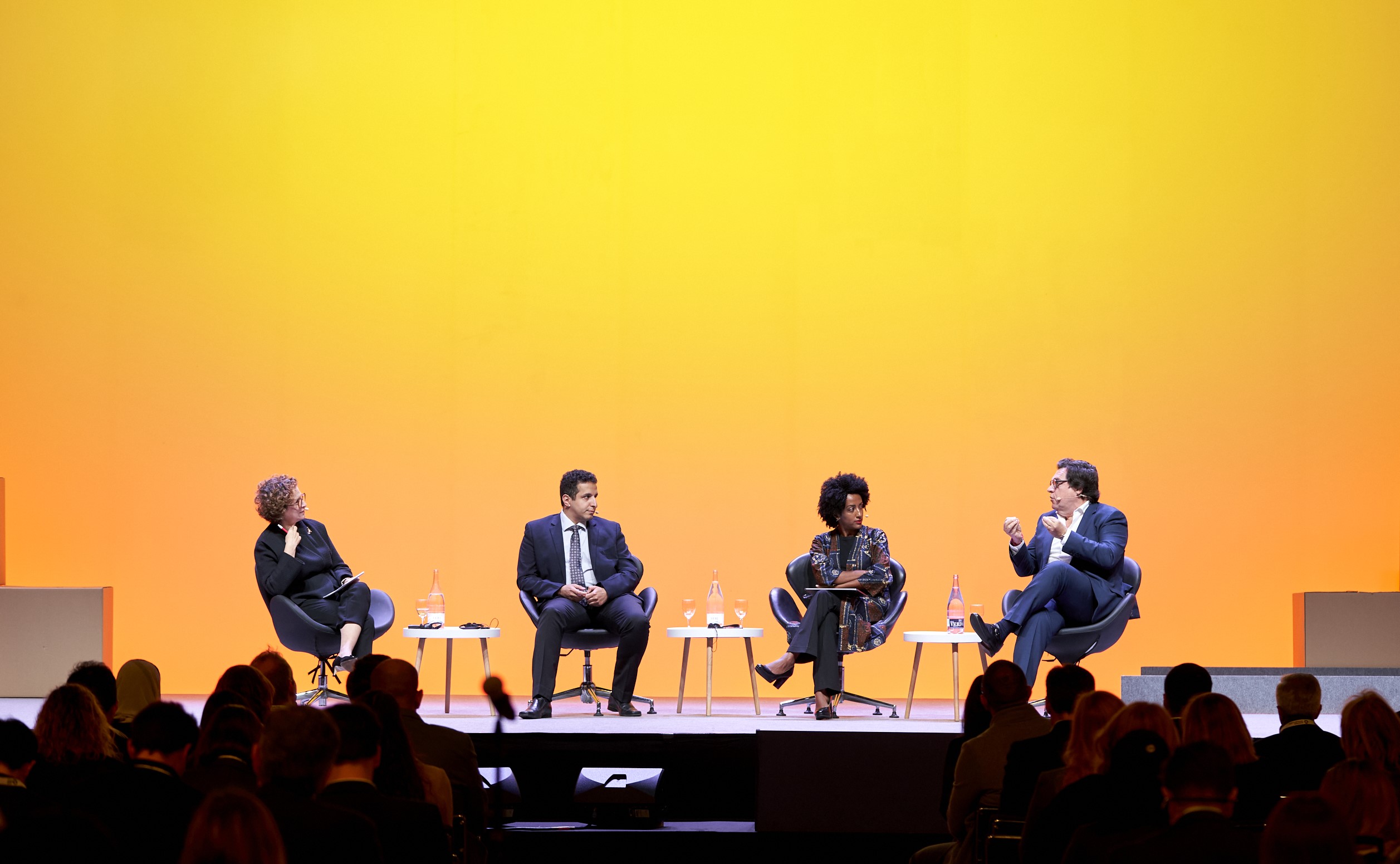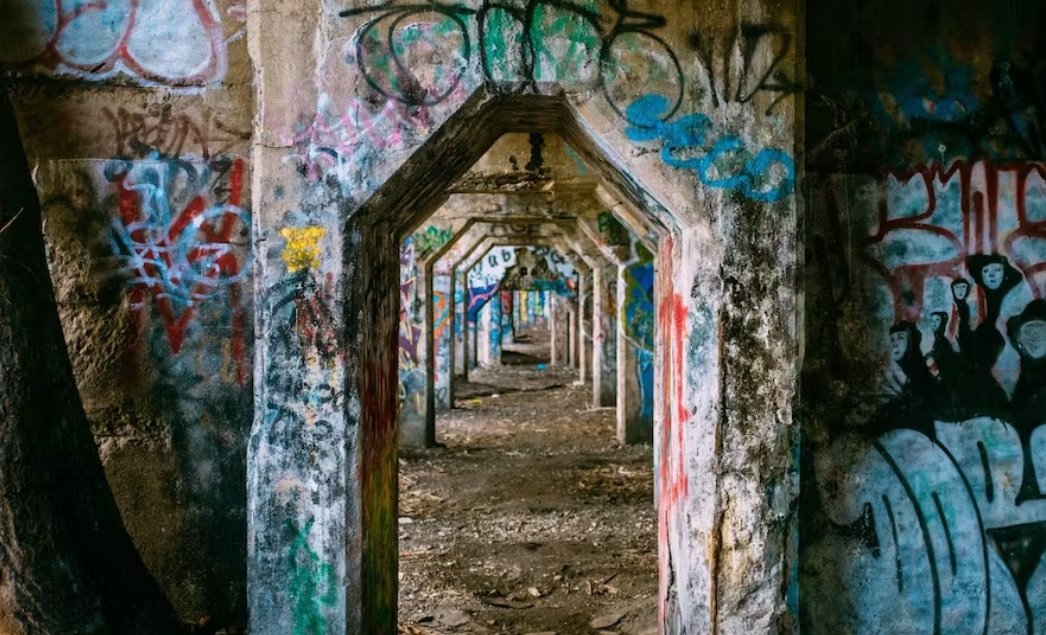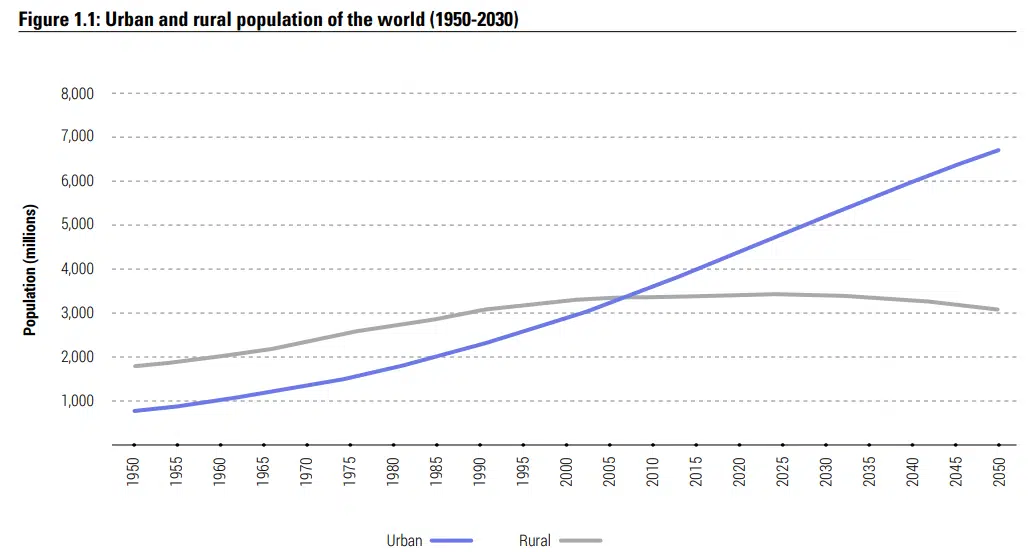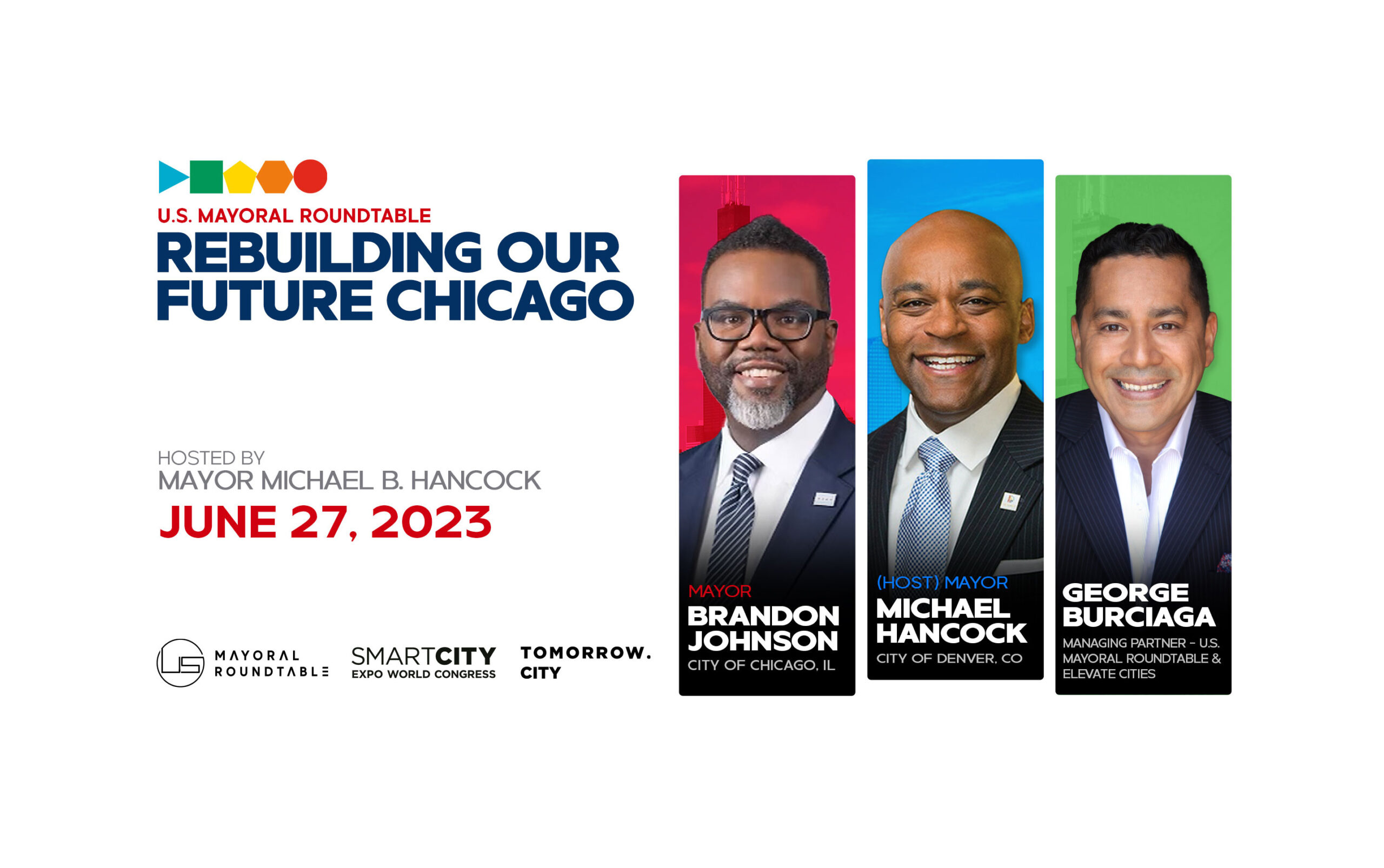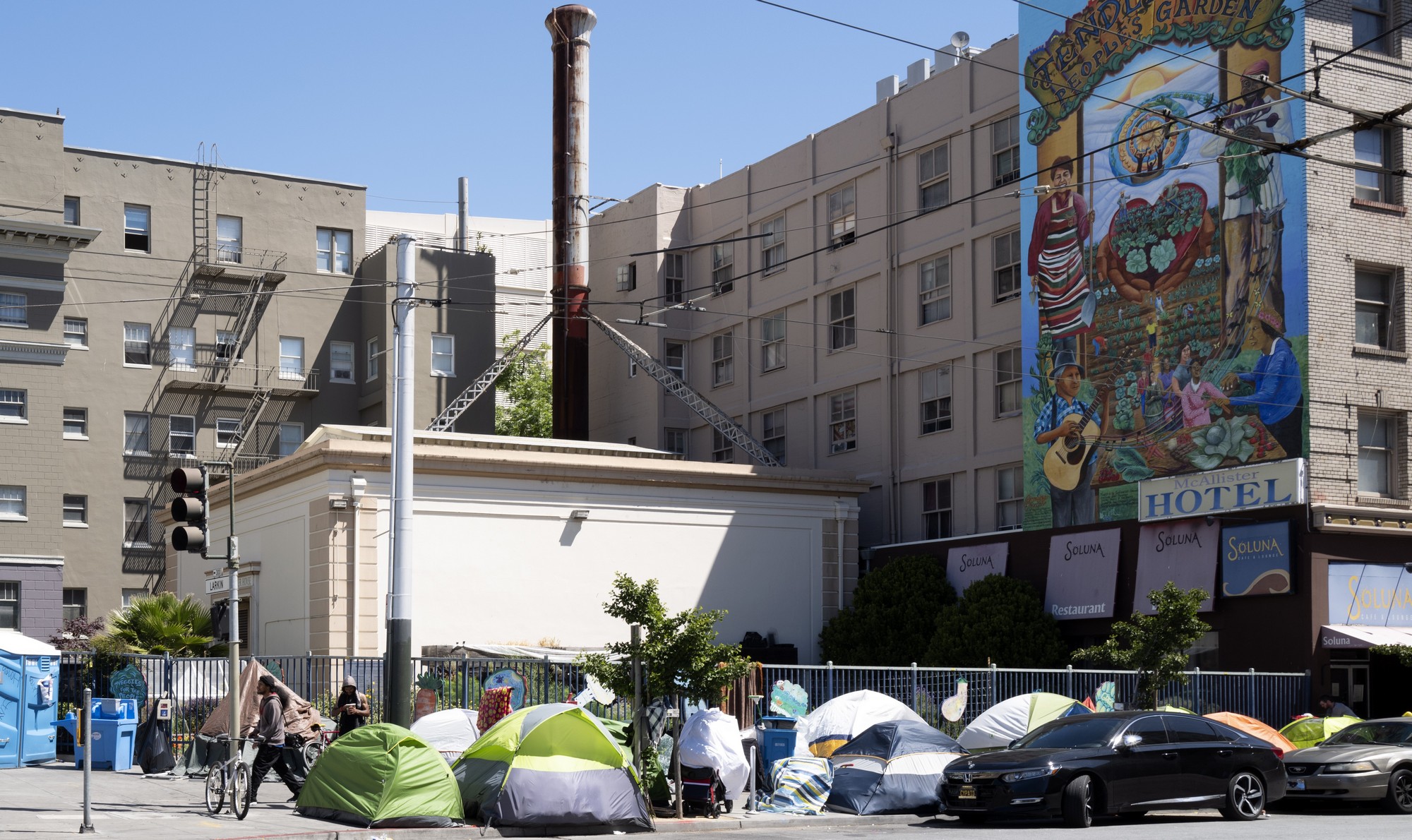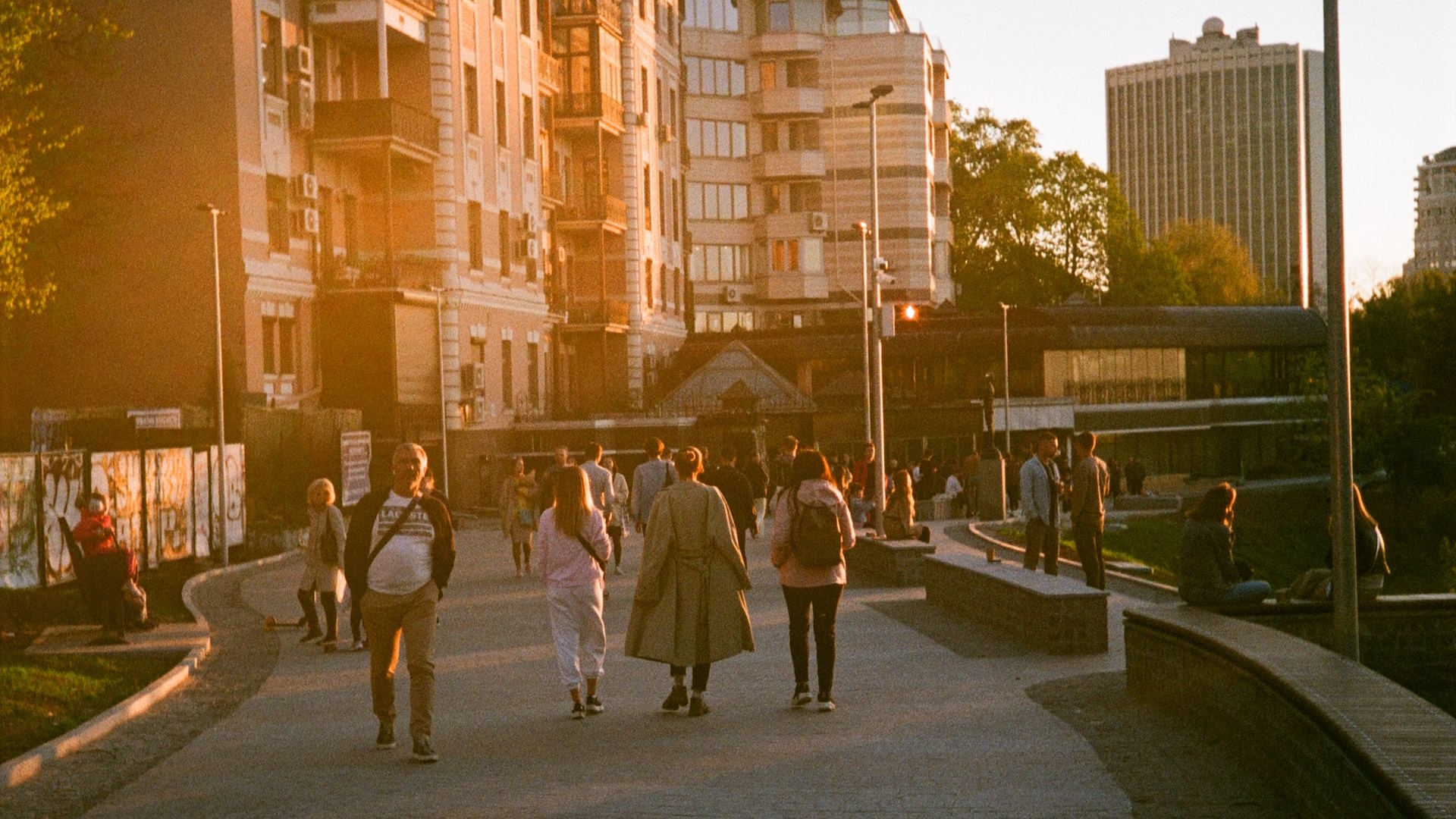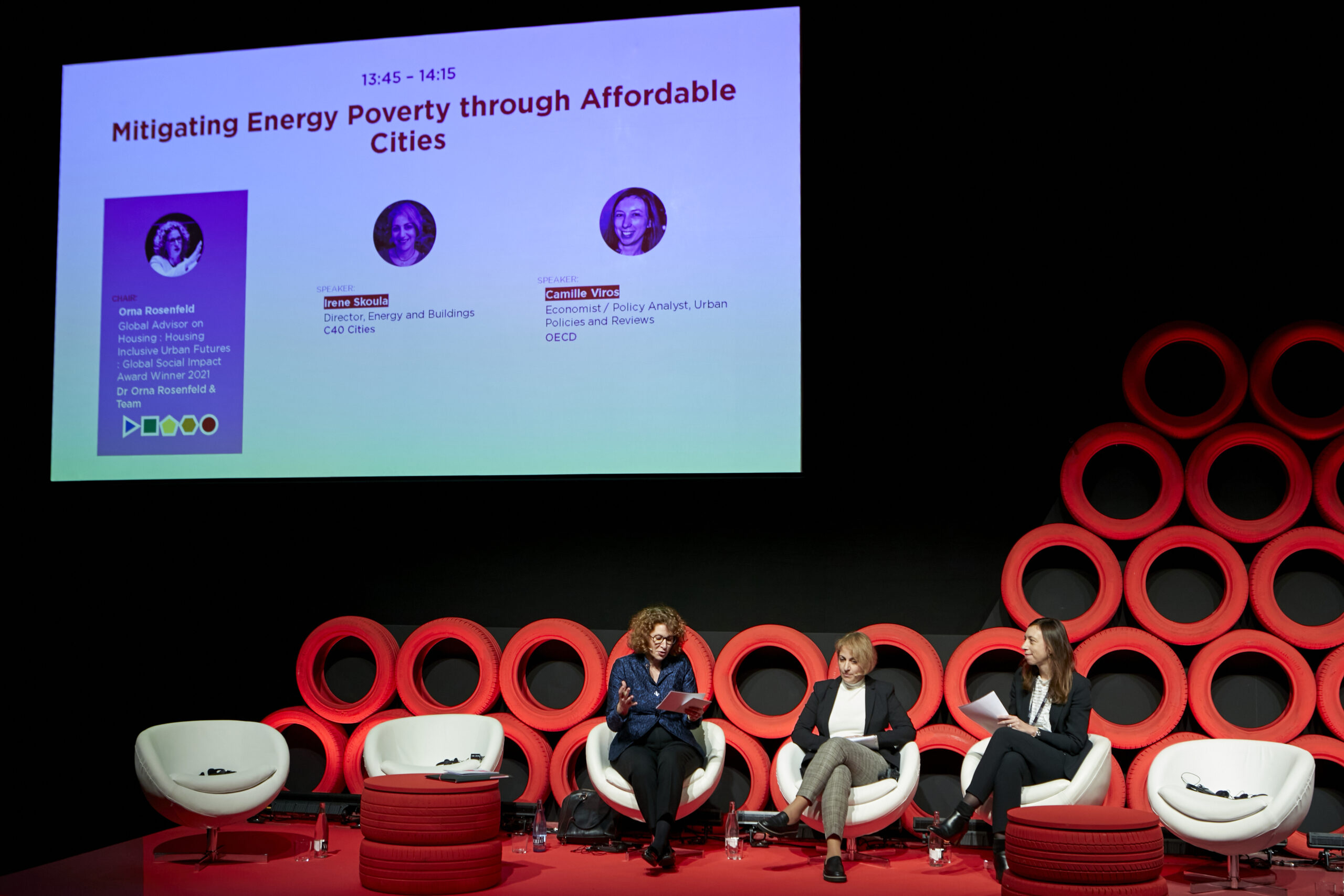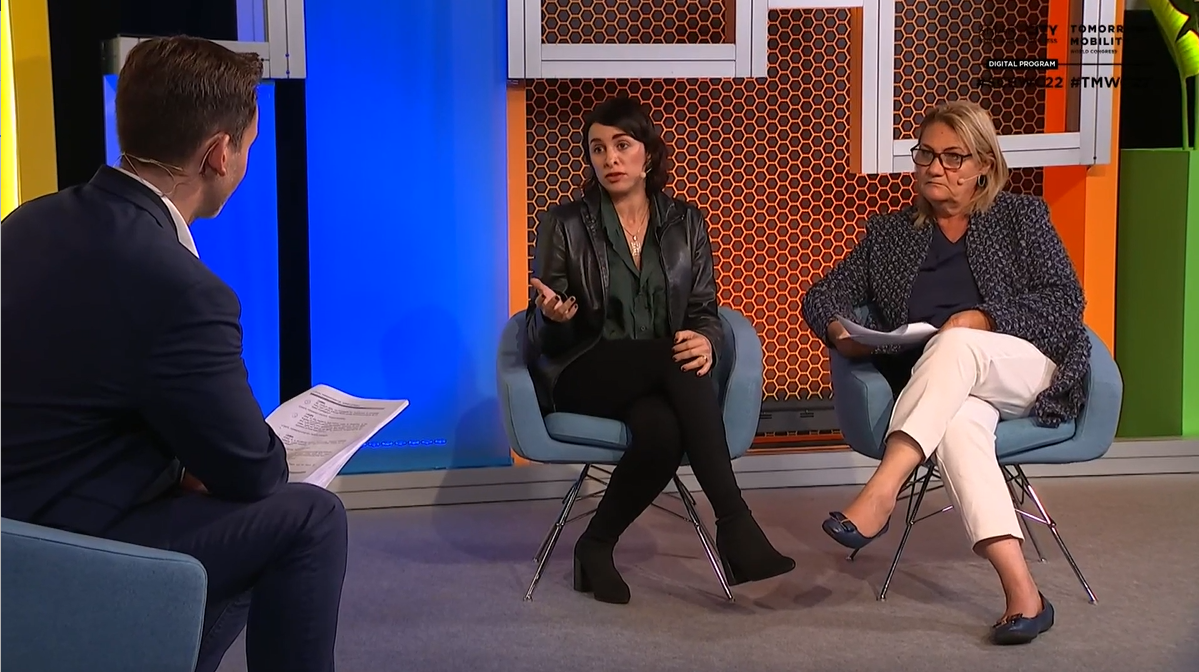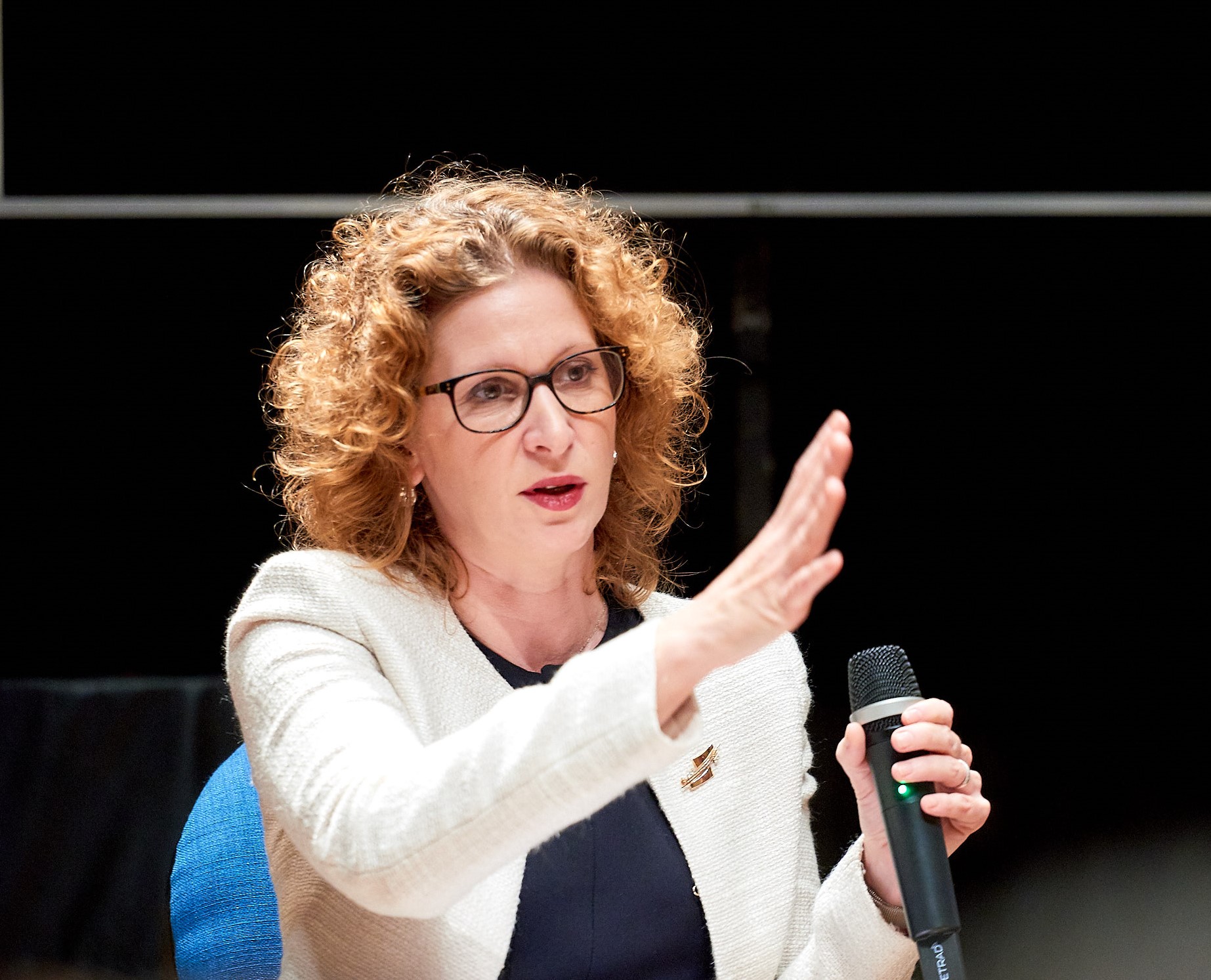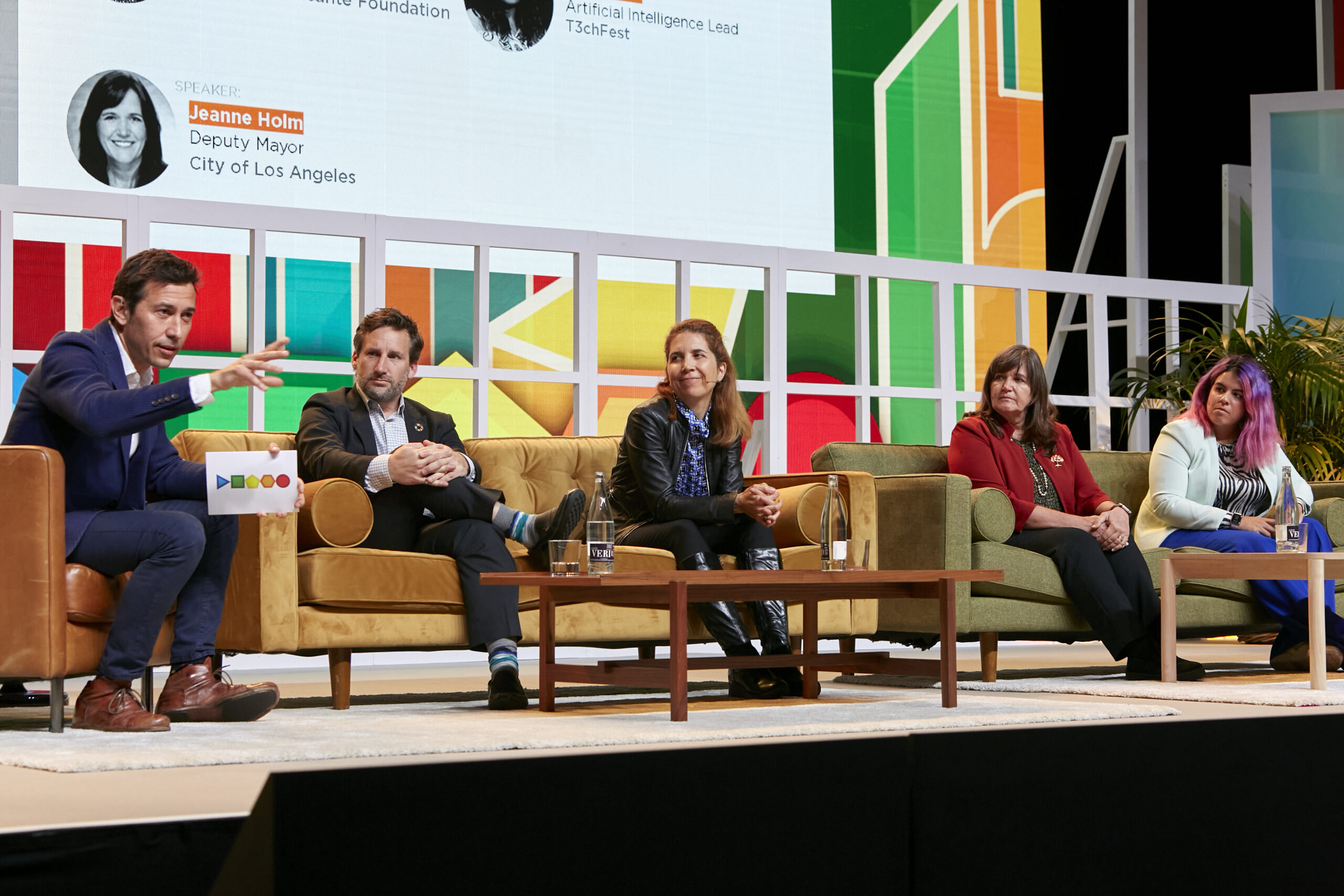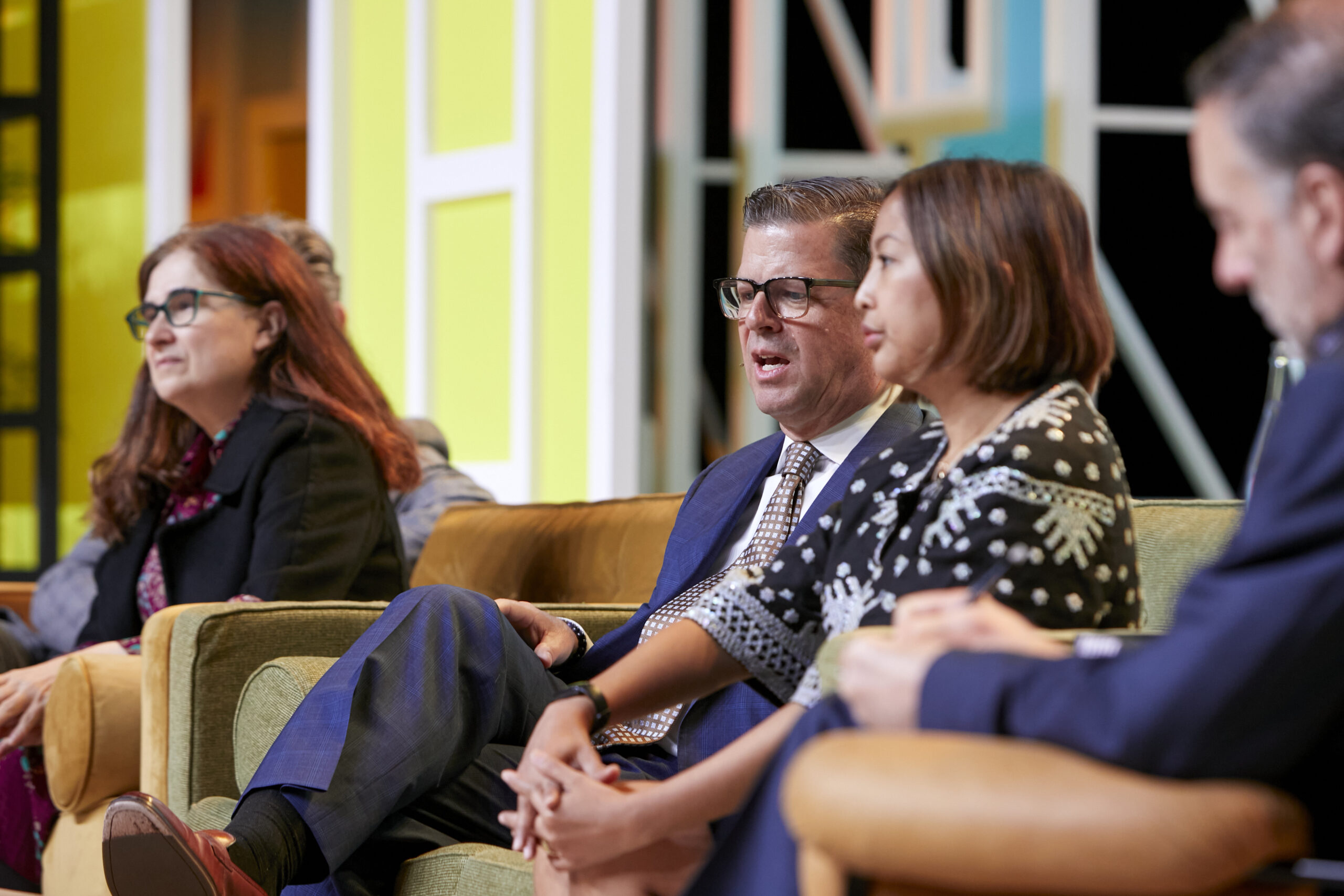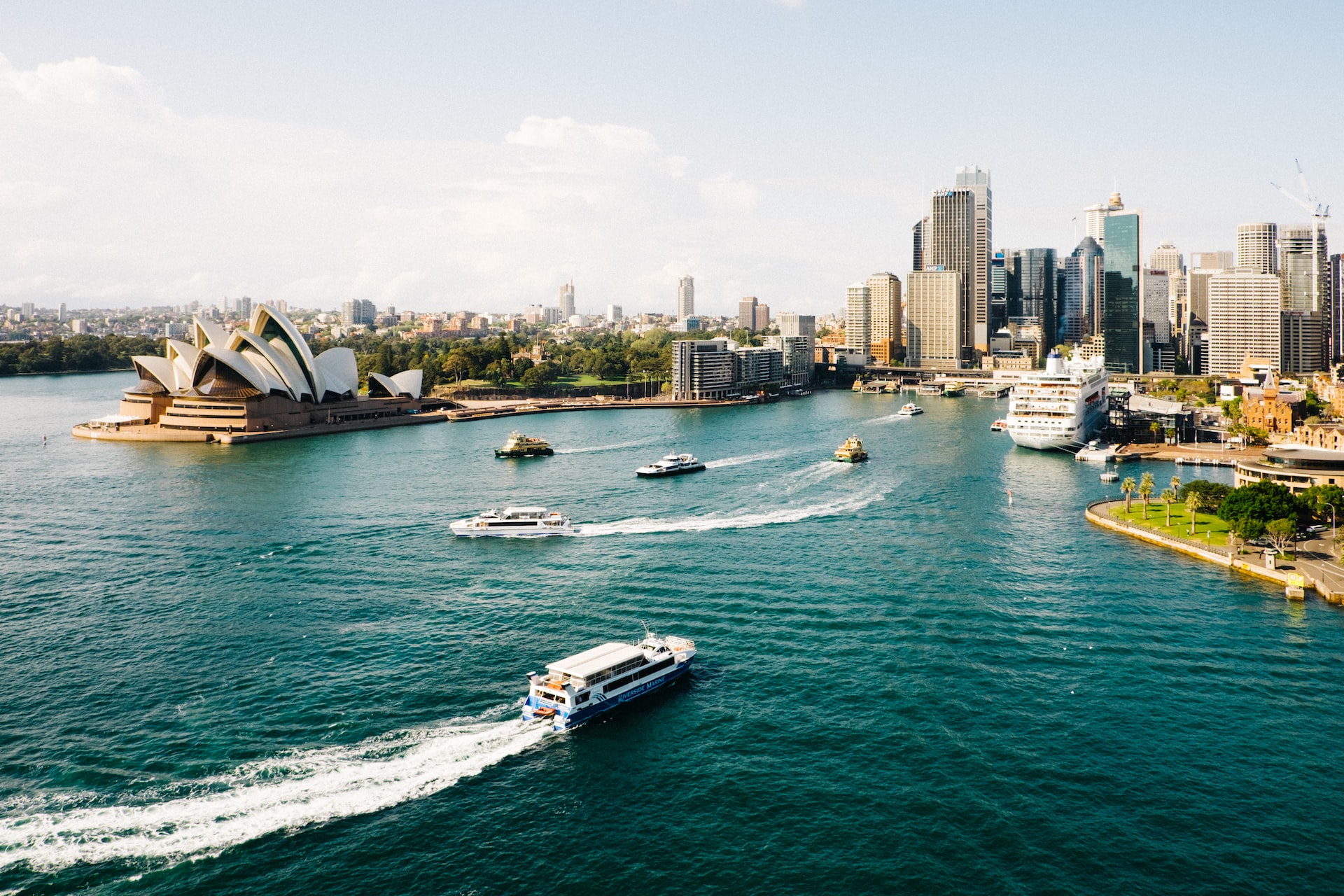Author | M. Martínez Euklidiadas
A few years before the pandemic, Toronto attempted, with the help of Google and local business owners, to create the ideal city. It never materialized, but it moved thousands of people and helped us imagine a future that may have been better, but which was finally abandoned. What was Toronto’s dream and why was the project abandoned by companies and the authorities?
Sidewalk Toronto, Quayside project: Google’s proposal

In October 2017, Sidewalk Labs (Google) and Waterfront Toronto (a group formed in 2001 and which includes real estate, business and finance, non-profit culture and the public sector) launched the Sidewalk Toronto project, which would occupy what is currently the city’s port.
According to organizers, the aim of this project was to “promote a new model of inclusive urban development” with specific results:
- The creation of 44,000 local jobs by 2040, partly through the re-densification of the port and through a change of land use.
- Improved local sustainability with an 89% reduction of greenhouse gas emissions.
- Offer affordable housing units, 40% below-market rates, and create an inclusive community.
- 33% off trips using active modes of transport (walking, cycling) or public transport [these are staggering figures for Canada’s standards, although it is more common in other regions].
- Deployment of an open digital ecosystem supervised by a government-authorized private entity (but not the government) in order to foster innovation and protect privacy.
The chronology of the Quayside project
Throughout the first 18 months, the project’s organizers coordinated with associations, companies or the local government to enable a certain degree of citizen participation in the construction of the new smart city model.
This included various community workshops held throughout 2018 with the involvement of citizens, local businesses or public entities, in which the various stakeholders could exchange information.
One year later, Toronto Tomorrow, A new approach for inclusive growth was published, with three volumes analyzing: the urban development proposal, urban innovations and the required collaboration. It was followed by a fourth: the Digital Innovation Appendix.
However, in 2020, Daniel L. Doctoroff, founder of Sidewalk Labs published a farewell letter: They were abandoning Toronto’s Quayside project. What were the reasons?
Problem 1: High land prices

Constantly increasing land prices is, undoubtedly, one of the major challenges for urban regulators. In Toronto, and in Ontario in general (as well as in other cities of the United States, particularly in areas that receive or will receive investment), the cost of housing has increased significantly in recent decades.
According to Canadian statistics, the price per square foot of condominiums in Toronto increased from CAD 903 in 2018 to CAD 1013 in 2023; and the overall result of this increase is smaller apartments, with the square footage shrinking by 40% from the 1990s to 2017. In Toronto the NIMBY movement has been preventing the construction of affordable housing for decades.
In practice, this cost increment has led to the Quayside project being financially unfeasible, as the increased price (not the cost) of the land cannot be passed on to future tenants. In fact, the original aim of the project was to create affordable housing, which is very difficult given the existing neighborhood opposition.
Problem 2: The impact of COVID-19
In his publication, Daniel L. Doctoroff stated that “The current health emergency makes us feel even more strongly about the importance of reimagining cities for the future. However, the impact of COVID-19 was a significant barrier.
Despite one of the most relevant factors for the spread of the disease being public policies (or rather a lack of these) and overcrowding in households, not urban density, during 2020 and 2021, there was a reactionary movement to densification and urban infill techniques.
The Quayside project was looking for a specific way to densify the area and provide policies to create mixed-use areas. These policies are not exactly welcomed by the more conservative population, who in this case are more concerned with land value. Mixed use tends to drop costs and therefore exclusivity and prices.
Problem 3: Residents do not always welcome inclusion

Social inclusion is a significant challenge for cities, since it goes against some of the primary and group instincts of humans, who tend to be drawn towards what is familiar to them.
The Schelling model exemplifies this significant issue when it summarizes that neighbors want to leave a neighborhood when less than one third of the neighbors are like them, or they are against a drop in that ratio.
In practice, this leads to neighborhood movements opposing change, particularly if this change can end up attracting low-income residents or reduce the price of their real estate assets.
There was not just one reason for the Sidewalk Toronto project failing and being abandoned. The sum of numerous factors made it unfeasible in opposition to other pacification, neighborhood integration and mixed use projects for property, such as turning highways into neighborhoods.
Images | Sandro Schuh, aarten van den Heuvel, Sidewalk Labs












